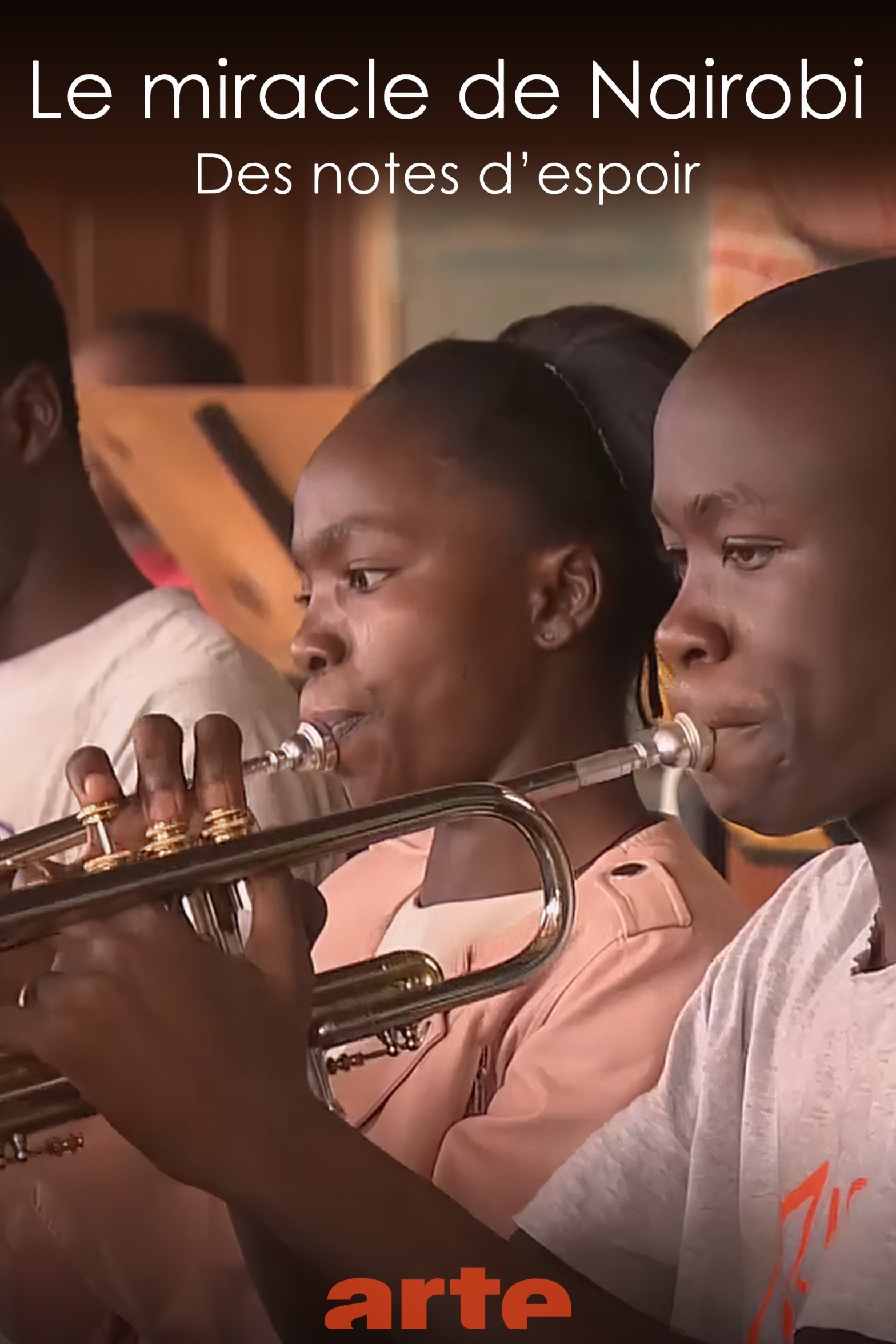Shepherds of the Earth (2022)
• February 1st, 2022 • 1h 15min
Documentary
Overview
The region of Lake Turkana, located in Kenya and Ethiopia, is considered to be “the Cradle of Humankind”. Among other finds, primate fossils from millions of years ago have been discovered in the region. But what about the region’s modern inhabitants and their relationship to their environment? Iiris Härmä, whose previous work includes the award-winning Leaving Africa, had the chance of joining Helsinki University’s researchers, Álvaro Fernández-Llamazares and Mar Cabeza, on their pre-pandemic trip to study the Daasanach people’s relationship to their environment through traditional animal tales. The researchers hope that storytelling would help to bridge the gap between people’s everyday lives and conservation efforts.
Make sure to check your pop-up blocker!!
Trailer
Similar Movies
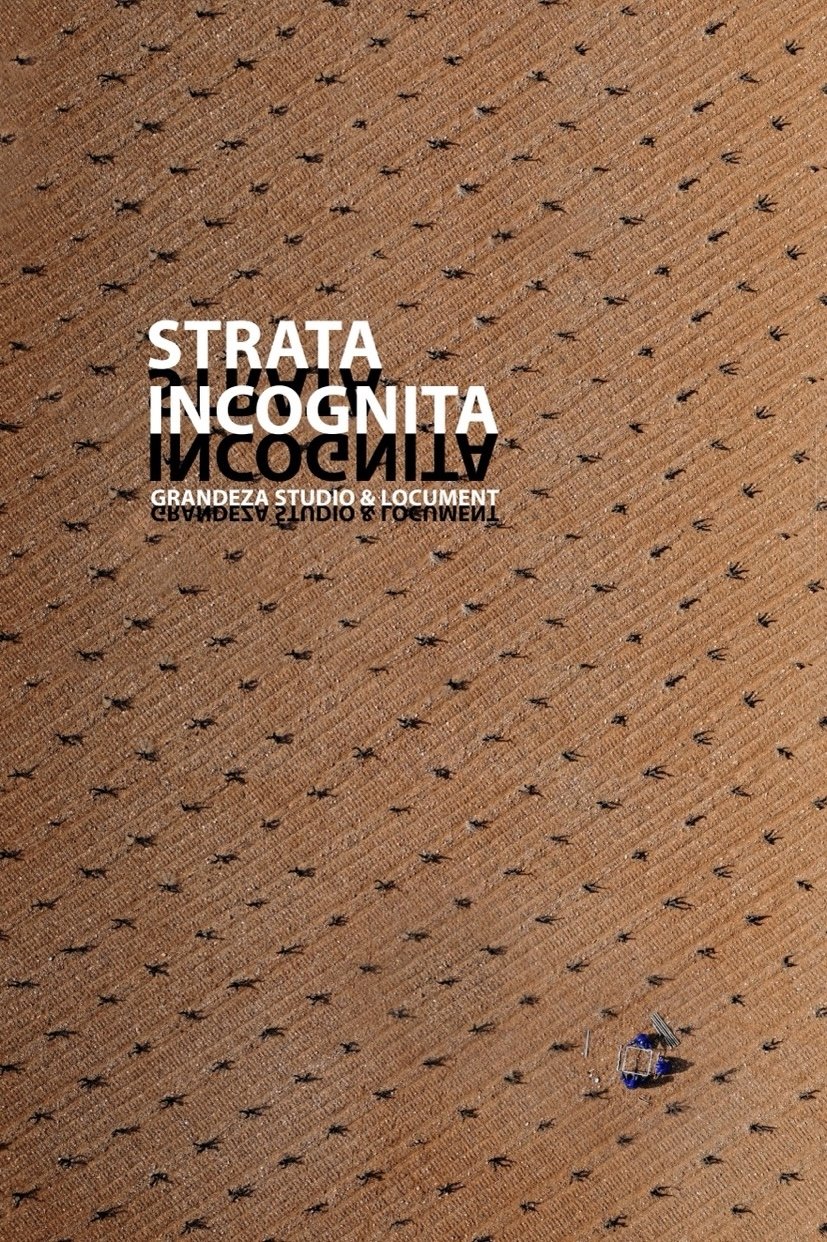
STRATA INCOGNITA
Released on: 2023-10-01
Documentary
STRATA INCOGNITA, is a trans-scalar and trans-temporal journey across the geographies that articulat...
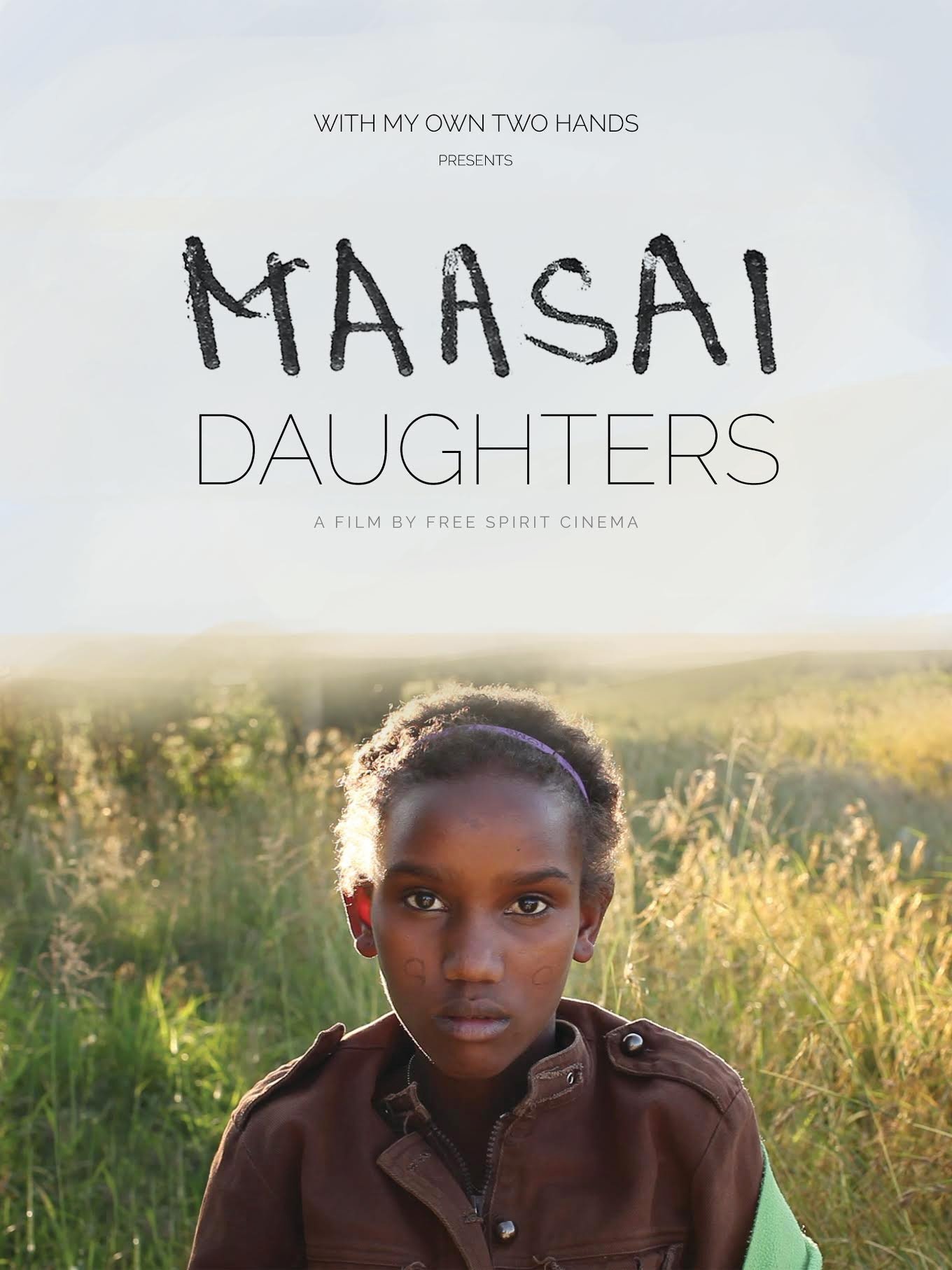
Maasai Daughters
Released on: 2015-07-12
Documentary
Short documentary about the lives of three girls and the women who rescued them from retrogressive c...

A Walk to Beautiful
Released on: 2007-05-05
Documentary
"A Walk to Beautiful" tells the story of five women in Ethiopia suffering from devastating childbirt...
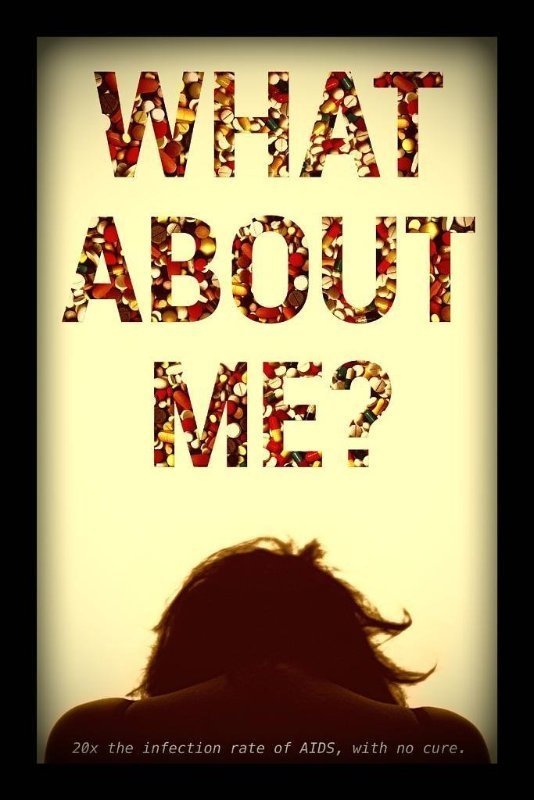
What About ME?
Released on: 2016-01-01
Documentary, History
Inside the dramatic search for a cure to ME/CFS (Myalgic Encephalomyelitis/Chronic Fatigue Syndrome)...
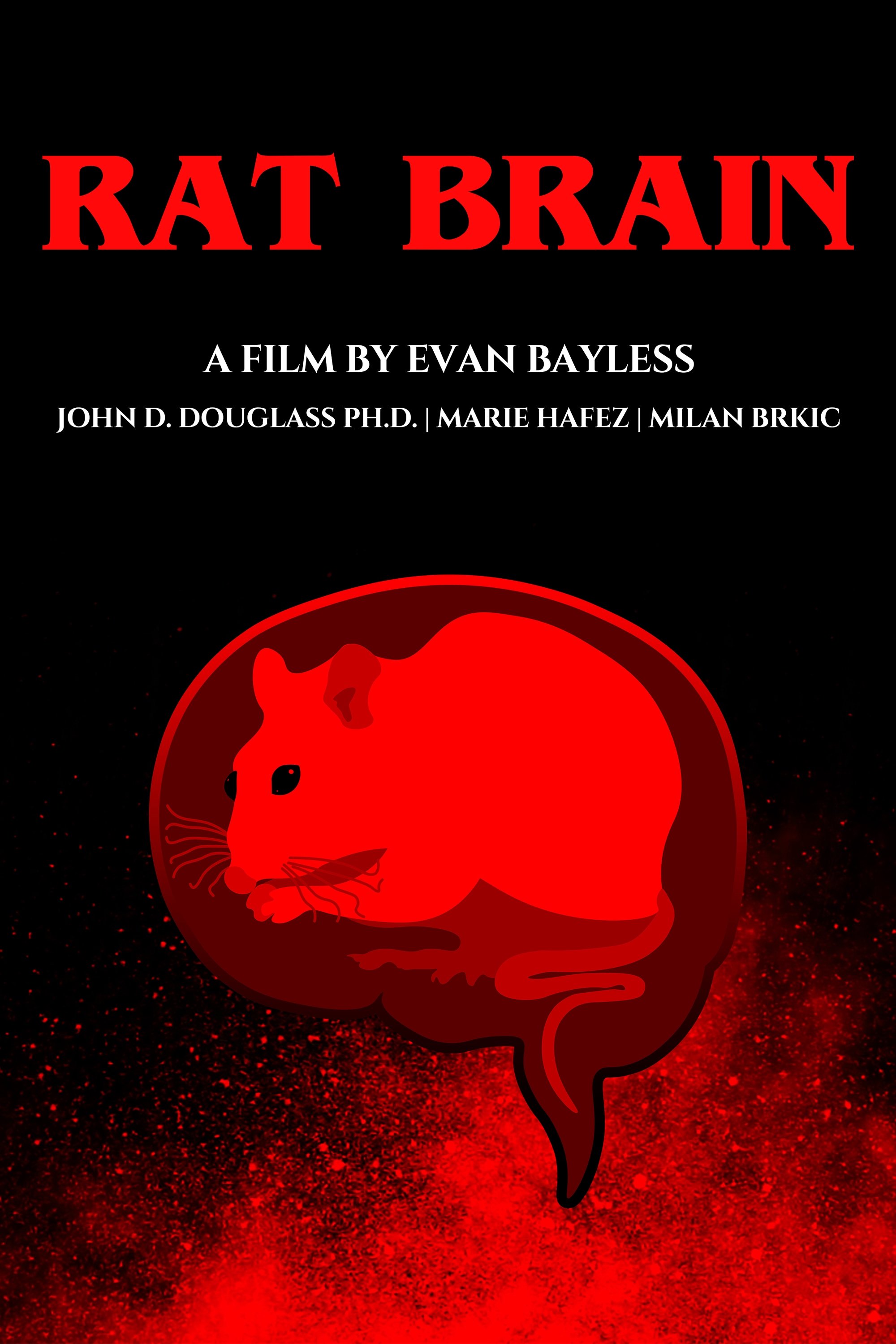
Rat Brain
Released on:
Documentary, Thriller, Horror
Rat Brain is a documentary that highlights Dr. John D. Douglass and his team's research at Seattle P...
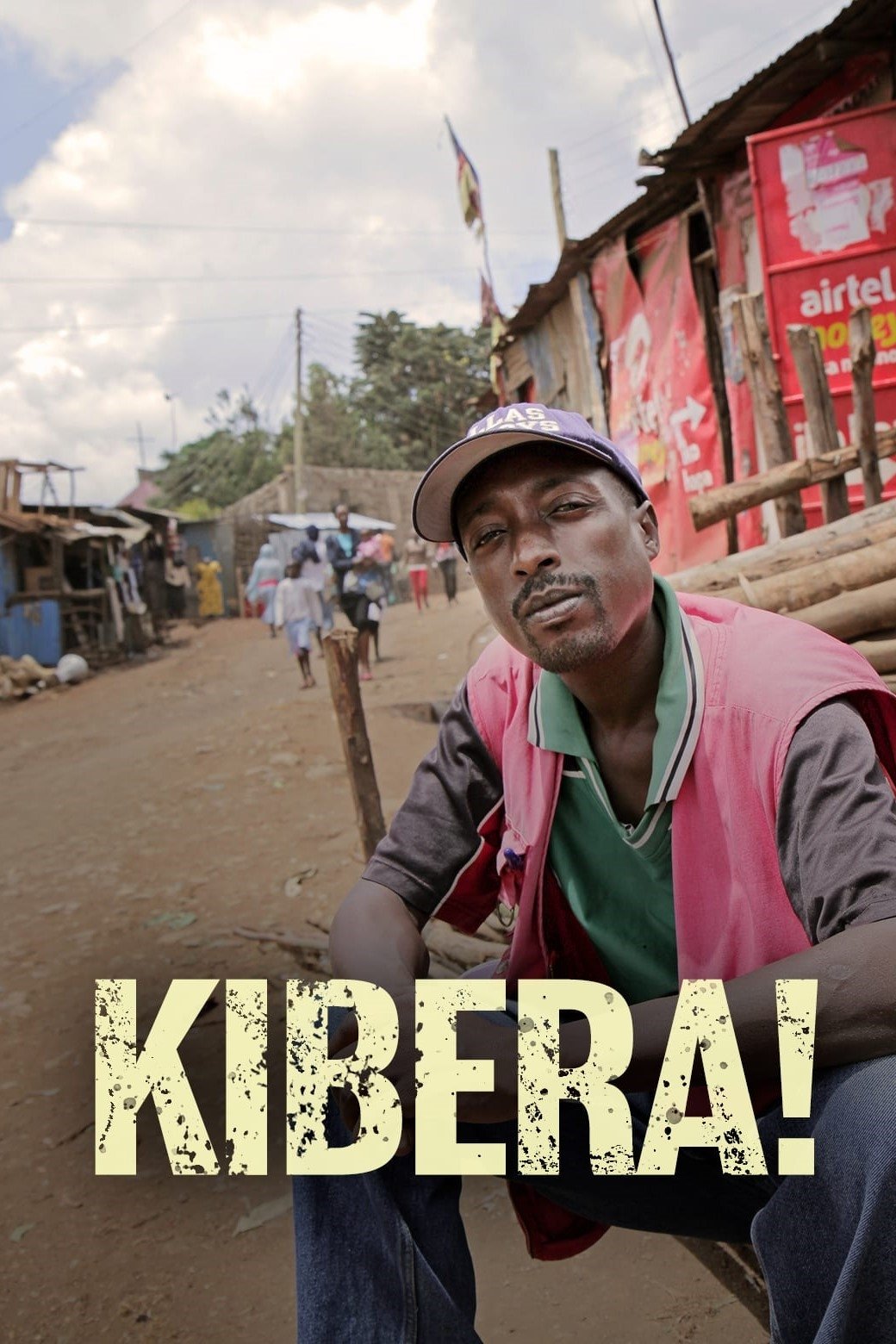
For Kibera!
Released on: 2015-12-14
Documentary
Boy Dallas lives in the slum of Kibera, the capital of Kenya, Nairobi. He is a radio host, "The Voic...
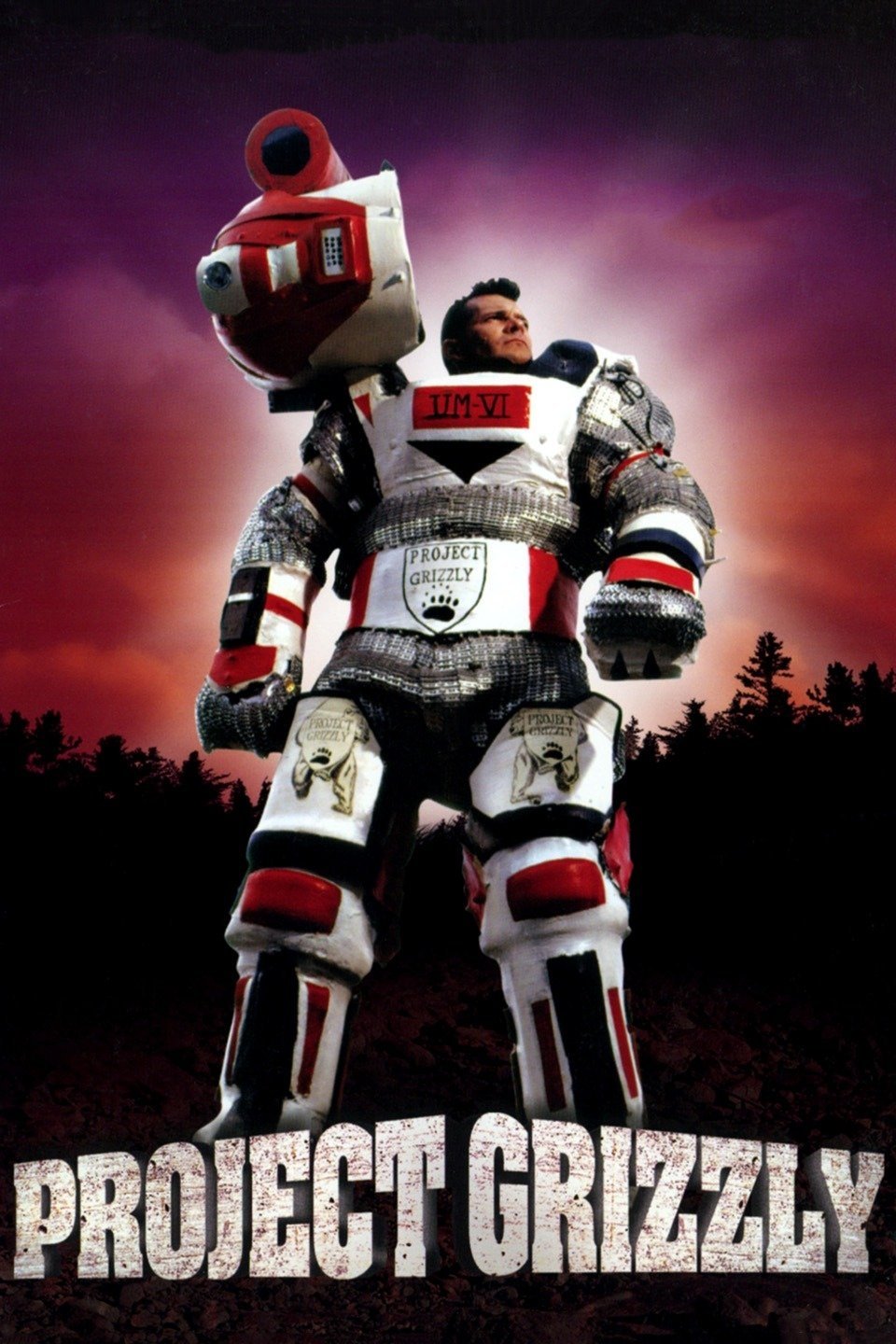
Project Grizzly
Released on: 1997-10-03
Documentary
Documentary about the lifelong project of Troy Hurtubise, a man who has been obsessed with researchi...
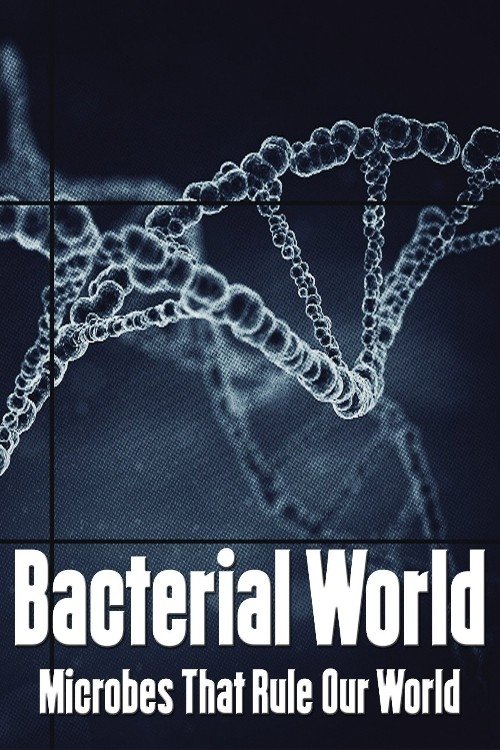
Bacterial World
Released on: 2016-02-09
Documentary
Coming in all shapes and sizes, bacteria are present in every corner of the Earth. Their purposes a...
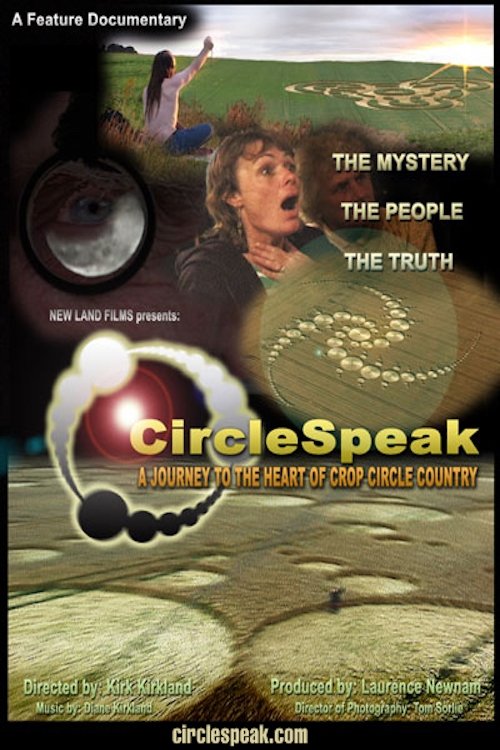
CircleSpeak
Released on: 2005-01-01
Documentary
Shot in Southern England over the course of six weeks by a crew of three American filmmakers, Circle...
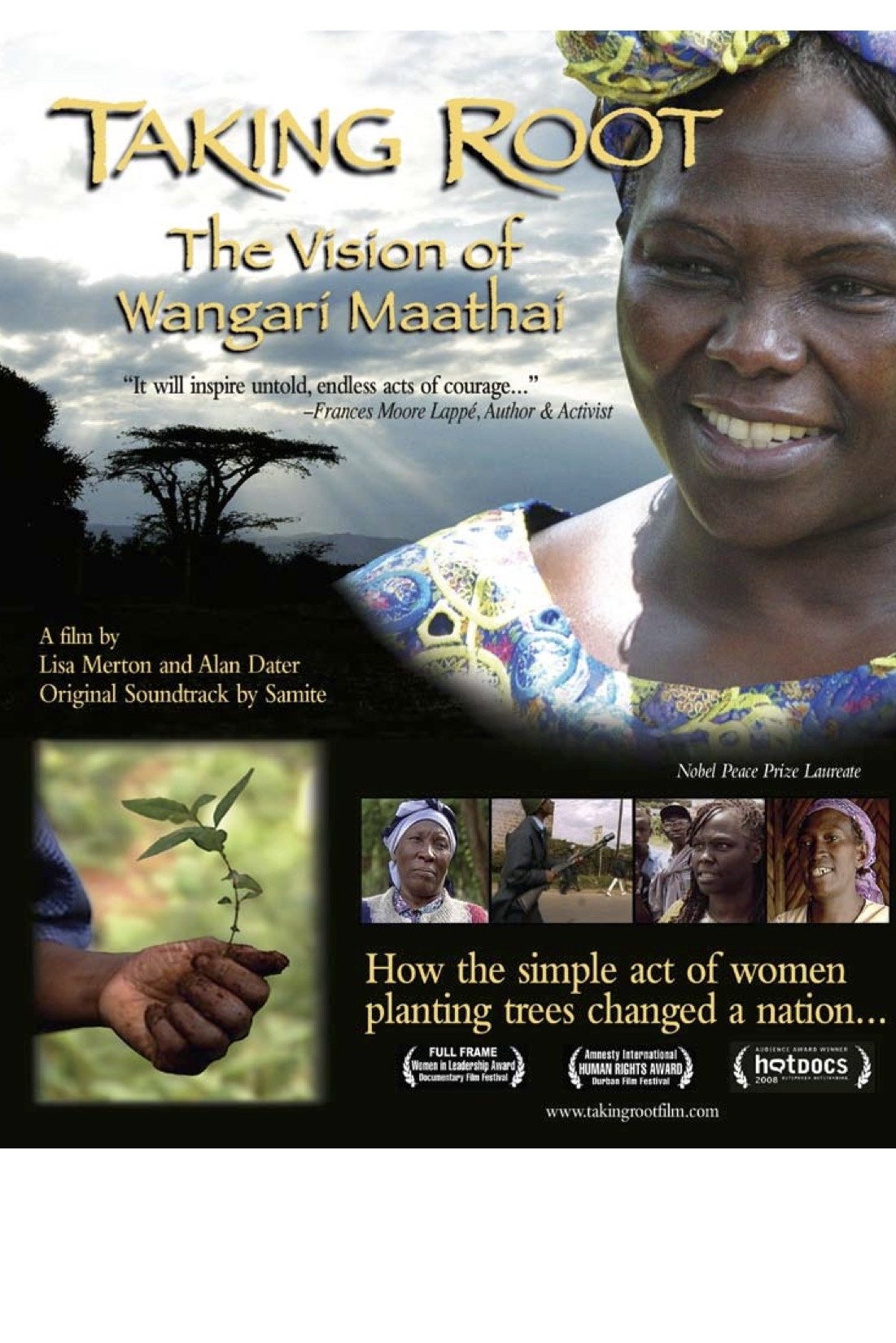
Taking Root: The Vision of Wangari Maathai
Released on: 2008-04-14
Documentary
This documentary provides a window into the extraordinary life of activist and Nobel Laureate Wangar...
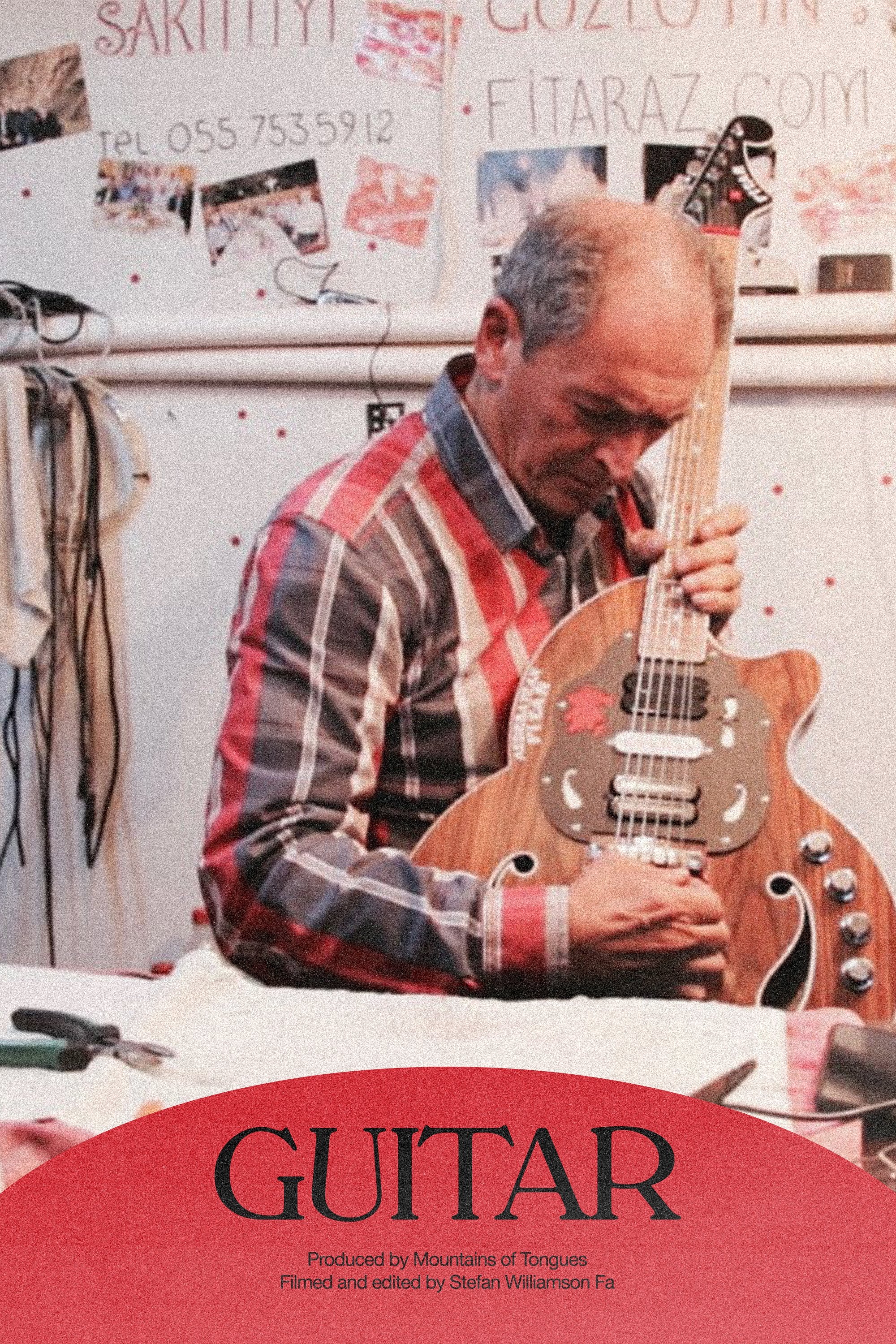
Guitar
Released on: 2019-09-05
Documentary
Since the late 1960s the guitar has been adopted and transformed by musicians across the Caucasus. I...

The Kingdom: How Fungi Made Our World
Released on: 2018-03-01
Documentary
You find fungi in Antarctica and in nuclear reactors. They live inside your lungs and your skin is c...

Running Movie
Released on: 2011-12-19
Documentary
Running Movie is a documentary film that focuses on Israeli long-distance runner Ayele Seteng (a.k.a...
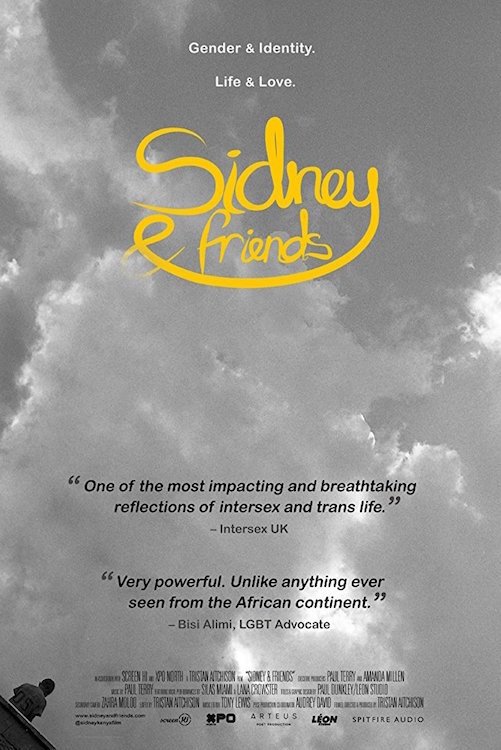
Sidney & Friends
Released on: 2017-06-11
Documentary
When his family tries to kill him, Sidney, who is intersex, flees to Nairobi where he meets a group ...

Terror at the Mall
Released on: 2014-09-15
Documentary
A documentary detailing an indiscriminate terrorist attack that left 71 dead in Kenya.

Forks Over Knives
Released on: 2011-05-06
Documentary
Examines the profound claim that most; if not all; of the degenerative diseases that afflict us can ...
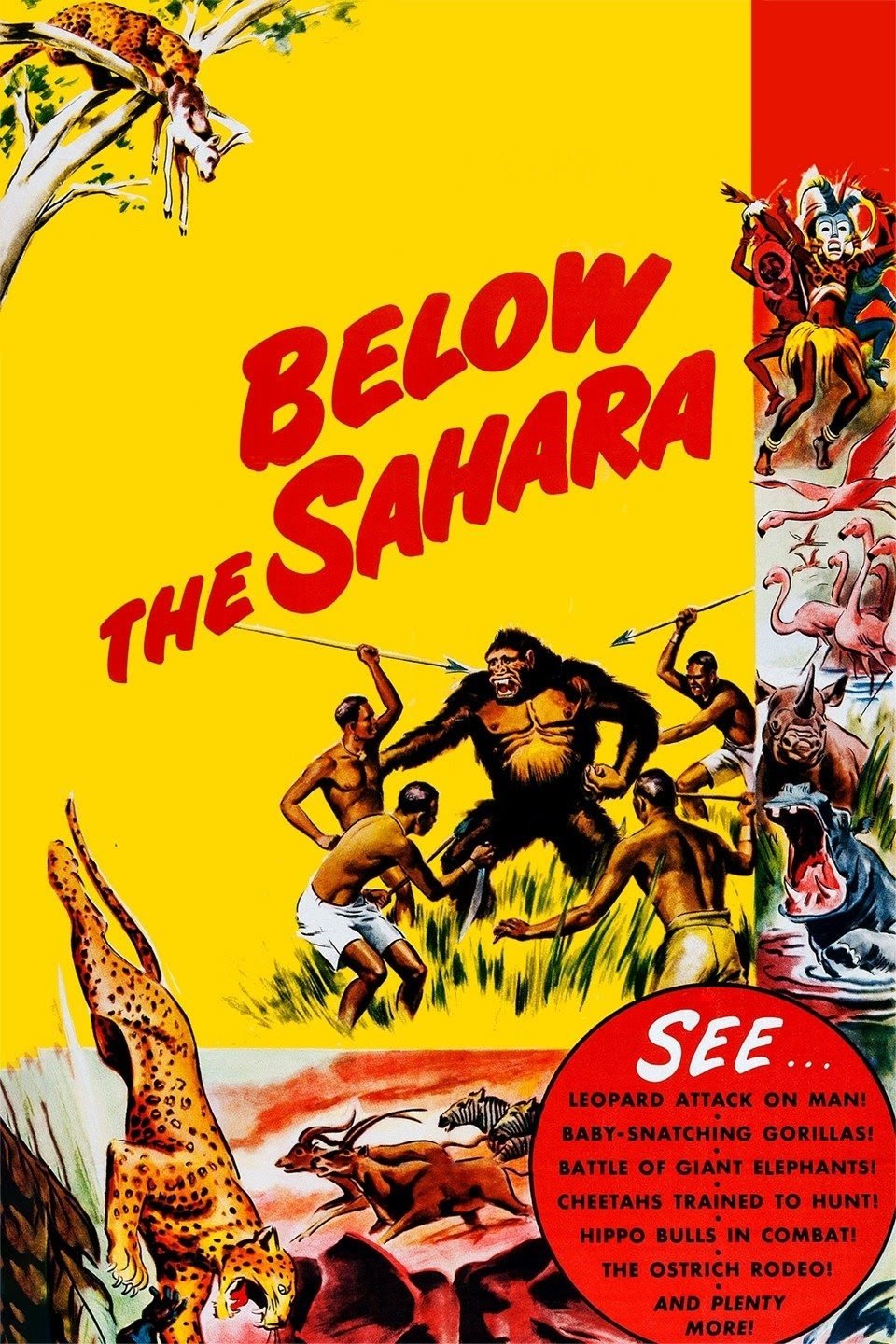
Below the Sahara
Released on: 1953-05-30
Documentary
The photographic record of an African expedition led by producer-explorer Armand Denis and his (very...
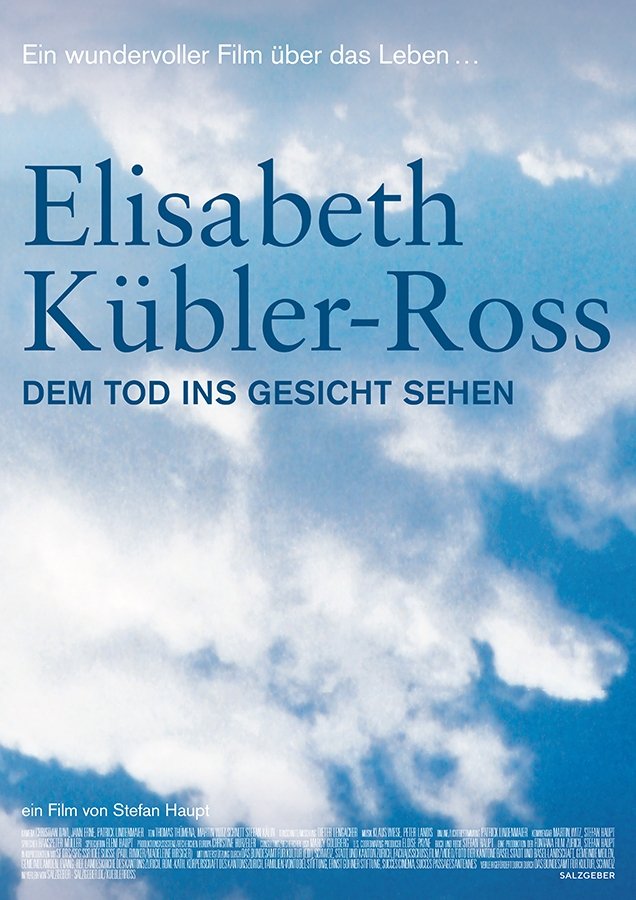
Elisabeth Kübler-Ross: Facing Death
Released on: 2003-01-16
Documentary
Groundbreaking psychiatrist and author Elisabeth Kübler-Ross dedicated her career to working with th...

